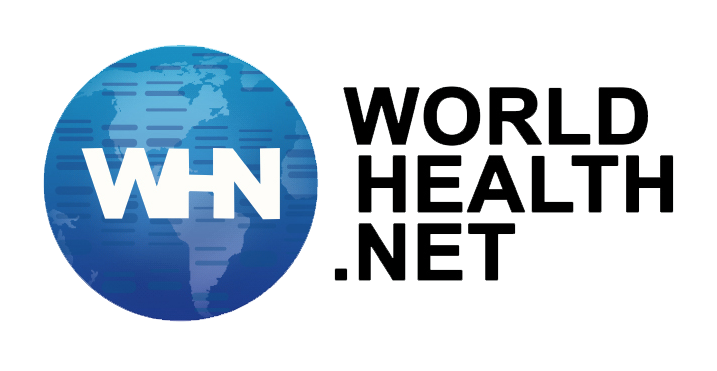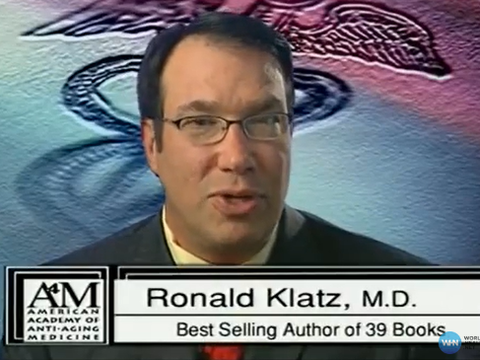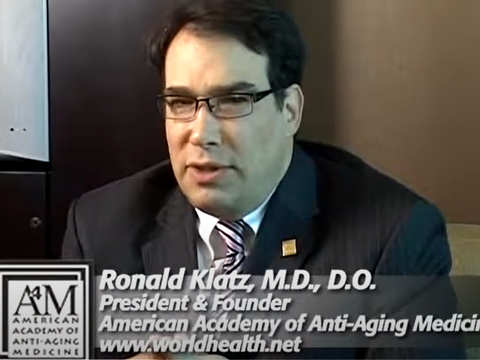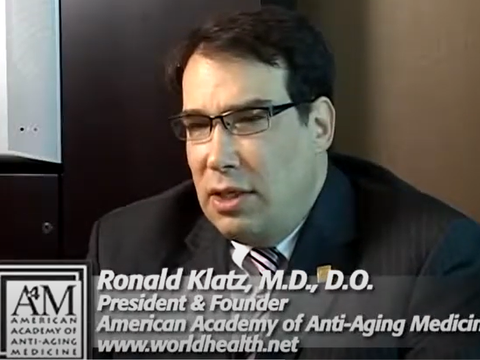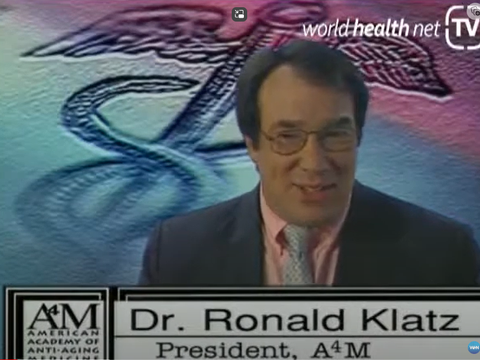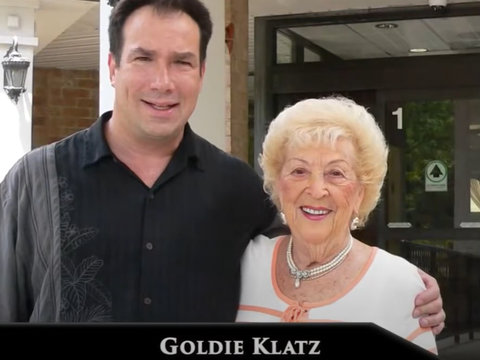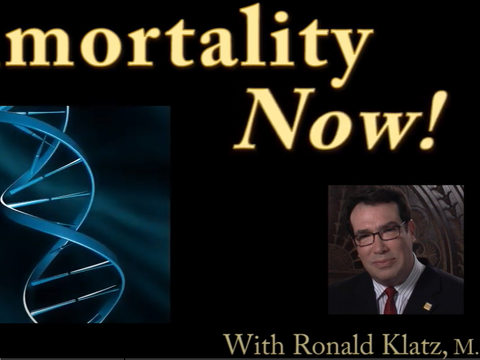14050
0
Posted on Oct 09, 2017, 2 p.m.
Study finds nearly 40 percent of those without coverage live in the suburbs
(HealthDay News) -- In a finding that upends conventional thinking about who is typically uninsured, new research finds that 1 in 7 residents in the suburbs don't have health coverage.
When tallied up, that totaled almost 40 percent of all uninsured people in the nation, the study authors said.
"We rarely think about suburbs when we think about vulnerable populations," said lead author Alina Schnake-Mahl, a doctoral student at the Harvard T.H. Chan School of Public Health.
"Increasing rates of suburban poverty haven't gotten much attention from the public health sector, and policymakers really haven't started to consider what these shifts in the geography of poverty mean for health care access and for health disparities," Schnake-Mahl said in a Harvard news release.
Researchers came to their conclusions after examining data from federal surveys of almost 2.7 million people conducted from 2005-2015.
The investigators found that 44 percent of the U.S. population lives in the suburbs. Fifteen percent of suburban residents were uninsured, and about a third had no routine annual checkup. Poor suburbanites were more likely (42 percent) to go without an annual checkup.
Insurance rates in the suburbs did grow after the Affordable Care Act became law in 2010, but not at the same rate as in urban and rural areas.
"In most studies, suburban areas are grouped with urban areas. But suburbs are unique geographies with specific challenges for health care access," Schnake-Mahl said.
"Providing services and care to the suburban poor population may require different policies than those typically relied on in urban or rural areas," she added.
“Poverty, lack of good medical care affects us all. It seems no matter where we live we all share some same common problems. One thing we can all rally around is that healthcare, and health insurance has become a mess. This has become a huge problem in that bridge range between when you are few years away from 65 years old and unable to receive Medicare. At that 55-64 age range health insurance costs are out of control. Out of necessity and not out of desire the Anti-Aging lifestyle of “an ounce of prevention, maybe worth more than a pound of cure” may be the only way some in their late 50’s and early 60’s are going to be able to make it to 65 before they can afford health insurance. This is a new type of poverty—those who worked hard most of their adult lives who now can’t afford healthcare,” added Dr. Ronald Klatz, President of the A4M, Oct. 4, 2017.
The study appears in the October issue of Health Affairs.
More information
If you need help getting health insurance, try healthcare.gov.
SOURCE: Harvard T.H. Chan School of Public Health, news release, Oct. 2, 2017
Last Updated: Oct 4, 2017
Copyright © 2017 HealthDay. All rights reserved
Dr. Ronald Klatz, DO, MD President of the A4M has 28,000 Physician Members, has trained over 150,000 Physicians, health professionals and scientists in the new specialty of Anti-aging medicine. Estimates of their patients numbering in the 100’s of millions World Wide that are living better stronger, healthier and longer lives. www.WorldHealth.net
